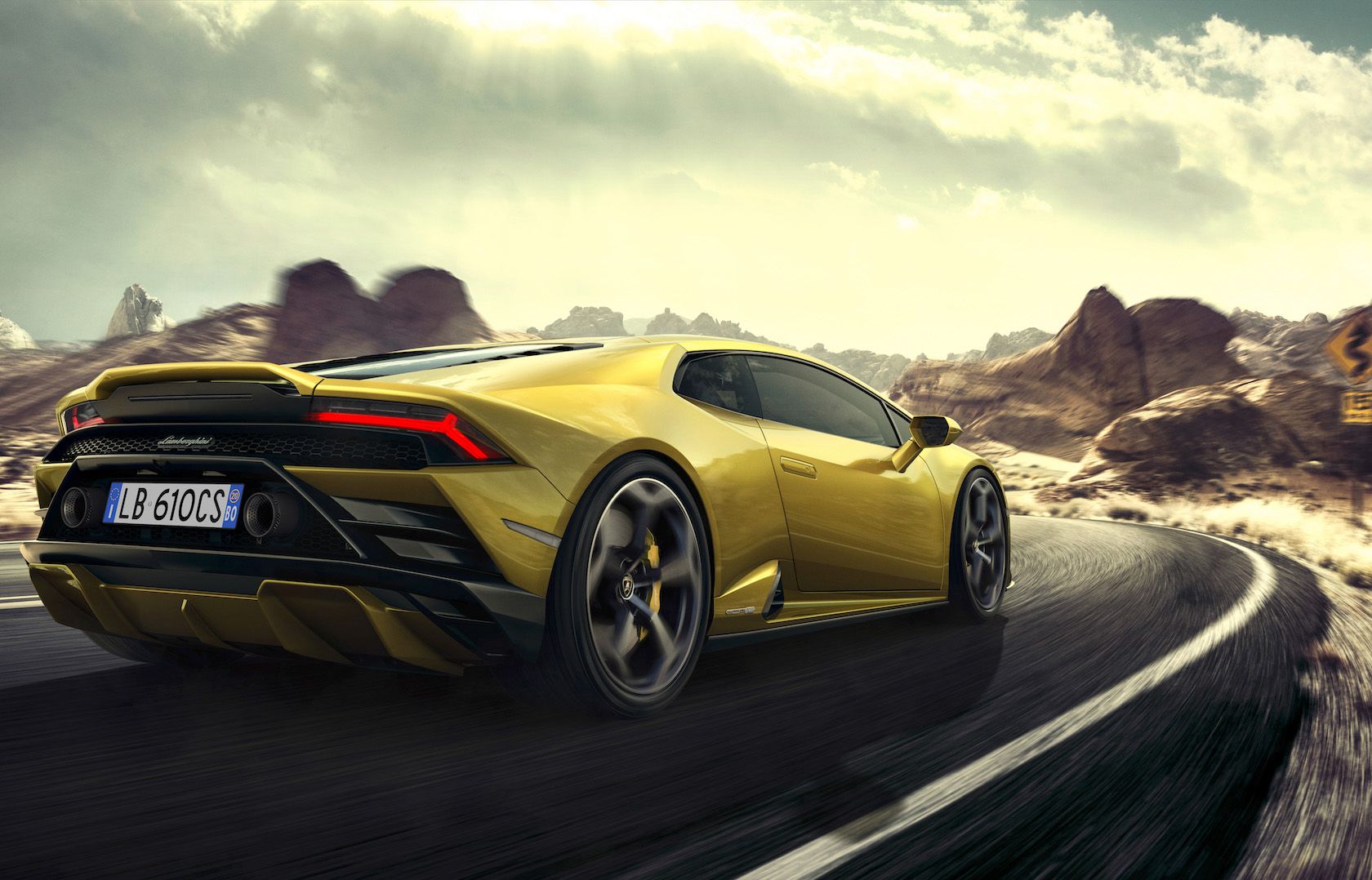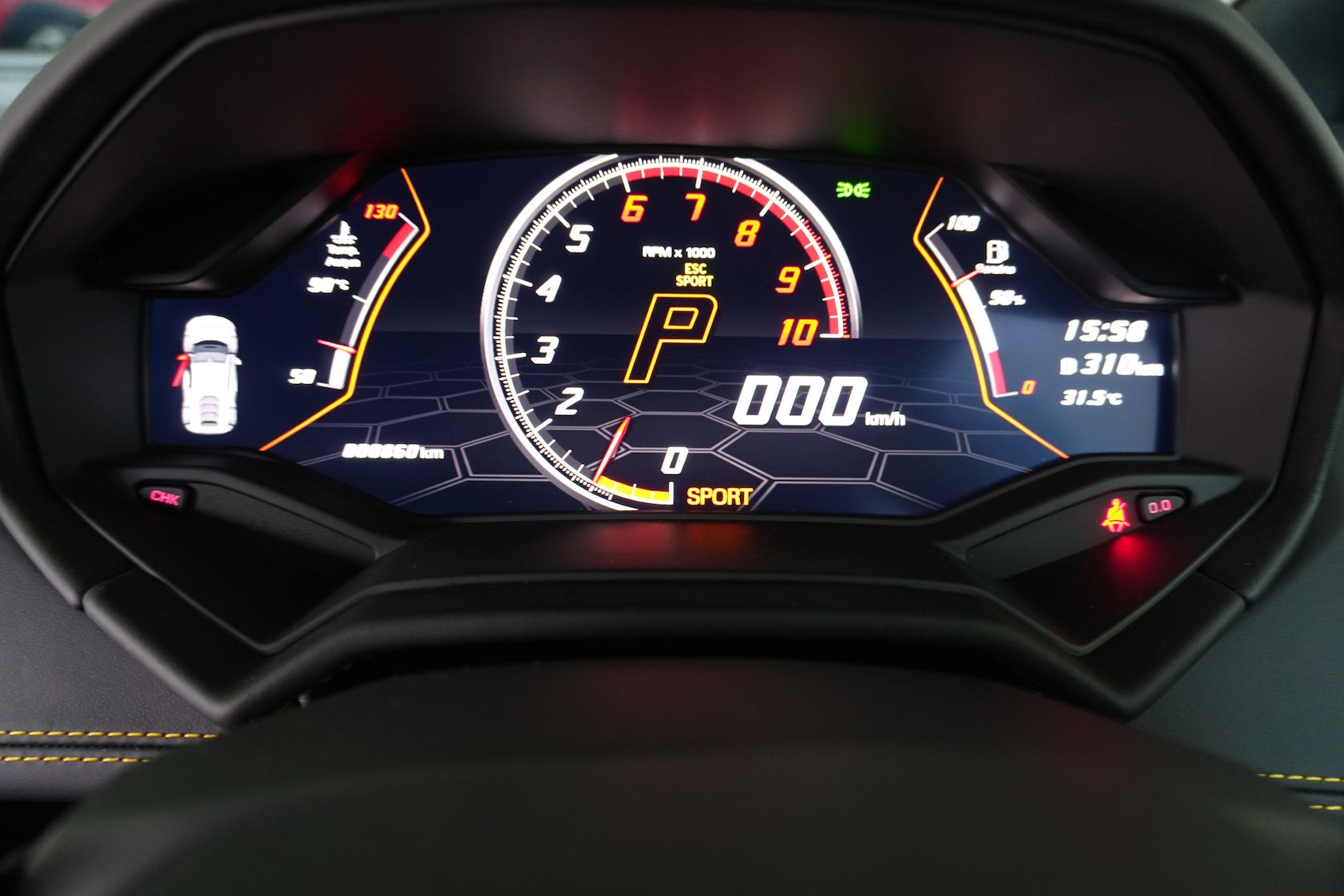In motoring circles, there is a long-running debate: Which is better—the all-wheel or rear-wheel drive? We won’t pick but the new Huracan EVO RWD certainly showed us how entertaining the latter can be
Lamborghini has been equipping their supercars with all-wheel drive since the 1993 Diablo VT. Back then—with its fabulous V12 reaching 500 hp and sending the power through just the rear wheels—it made more sense to use all the wheels for improved safety and performance, since electronic stability aids were non-existent in the 1990s.
Despite the superiority of all-wheel drive for high-powered supercars, Lamborghini decided, in 2009, to release a limited-edition, rear-drive Gallardo called the Lamborghini LP550-2 Valentino Balboni to commemorate their best and most loyal test driver, after whom the car was named.
Surprisingly, it was a success and Lamborghini decided that they should keep the rear-drive model going forward. It was also a cheeky poke at Ferrari, who always championed the rear-wheel-drive layout. But instead of positioning the LP550-2 as its top model, Lamborghini marketed it as an entry-level model below their all-wheel-drive versions.
Related: BMW Ups the Ante With a New Dynamic Duo, the M3 and M4

SATISFACTION GUARANTEED
The latest Lamborghini to have the rear-wheel-drive treatment is the Huracan EVO RWD. Removing the front drive axle from the driveline has given the Huracan EVO RWD more driver involvement. While the all-wheel-drive system easily sorts out the drive requirements for maximum performance, with just the rear wheels being driven, the driver needs to carefully judge the right amount of power to attain the best performance. The validation that comes from the driver being able to control the car is far more rewarding than if it had been attained via electronics.
The industry-wide rush to make cars more fuel-efficient has led to the adoption of electrically assisted steering systems. While very direct and easier to integrate with the modern car’s electronic systems, such steering systems also mute the intimate connection with the road that enthusiasts relish. Thankfully, the EVO RWD’s steering precision and positive chassis behaviour mitigates this and manages to provide an engaging experience.
Related: A Japanese Billionaire is the New Owner of a Custom-Made Hermès x Rolls-Royce Phantom



